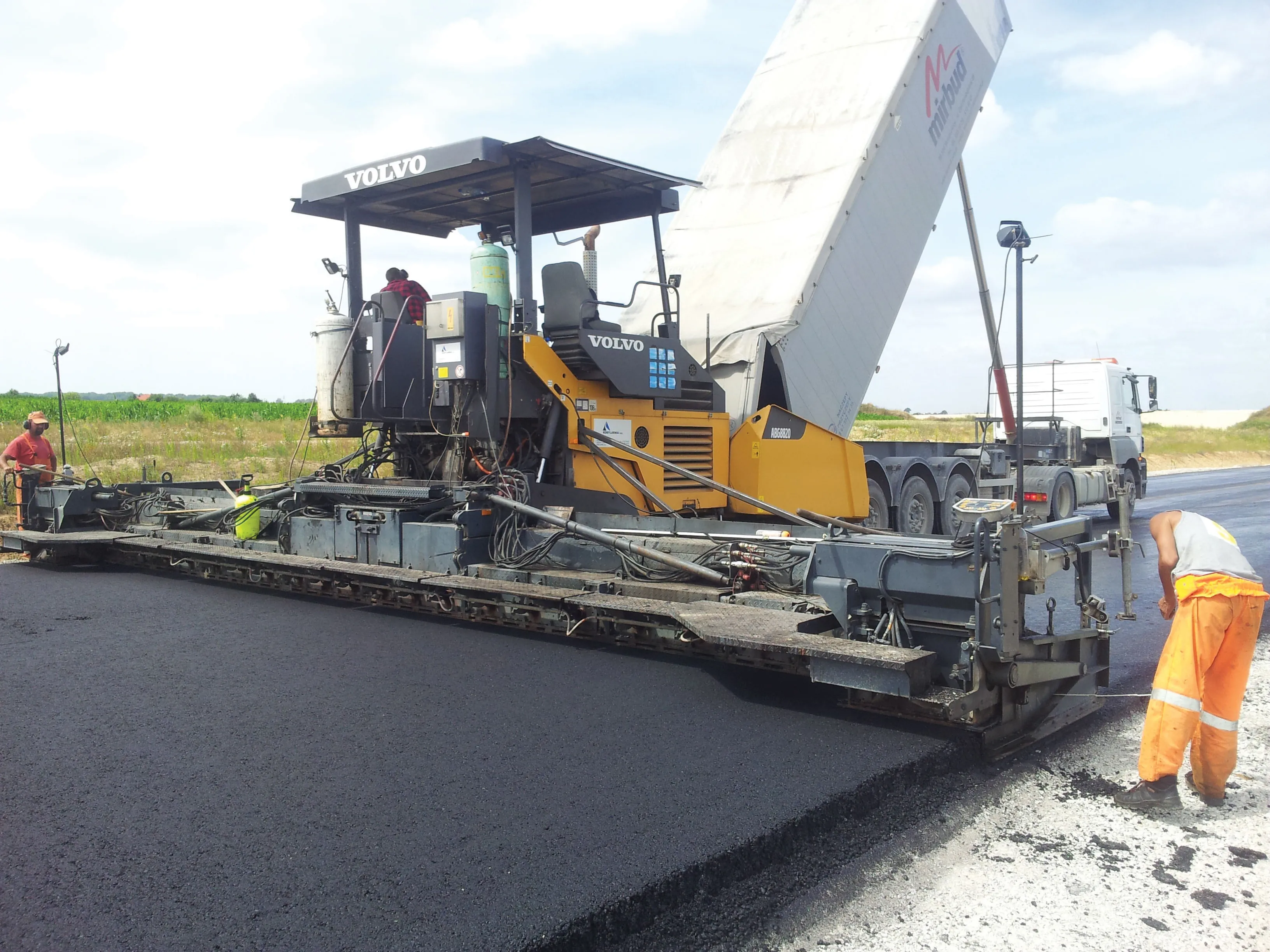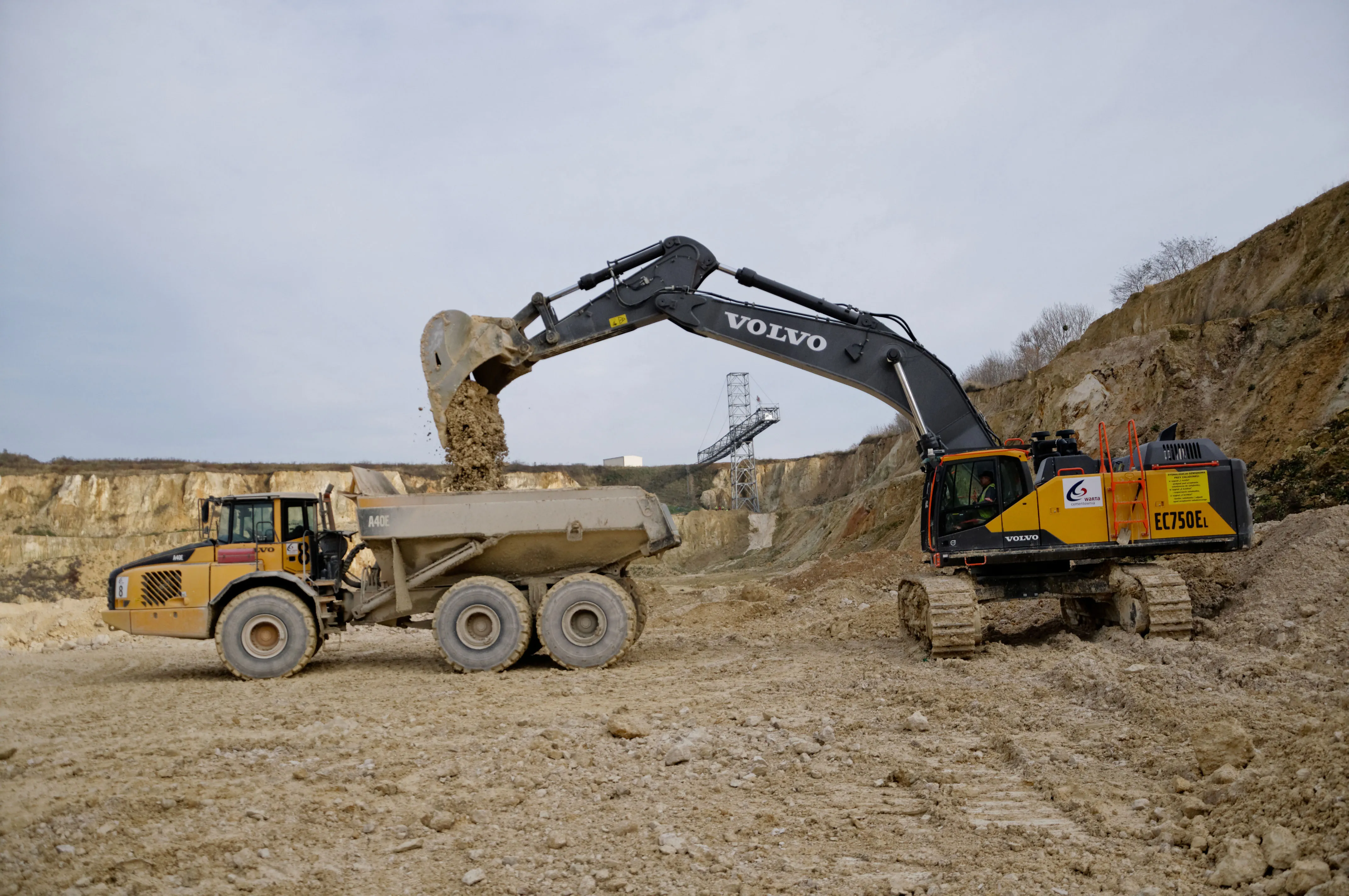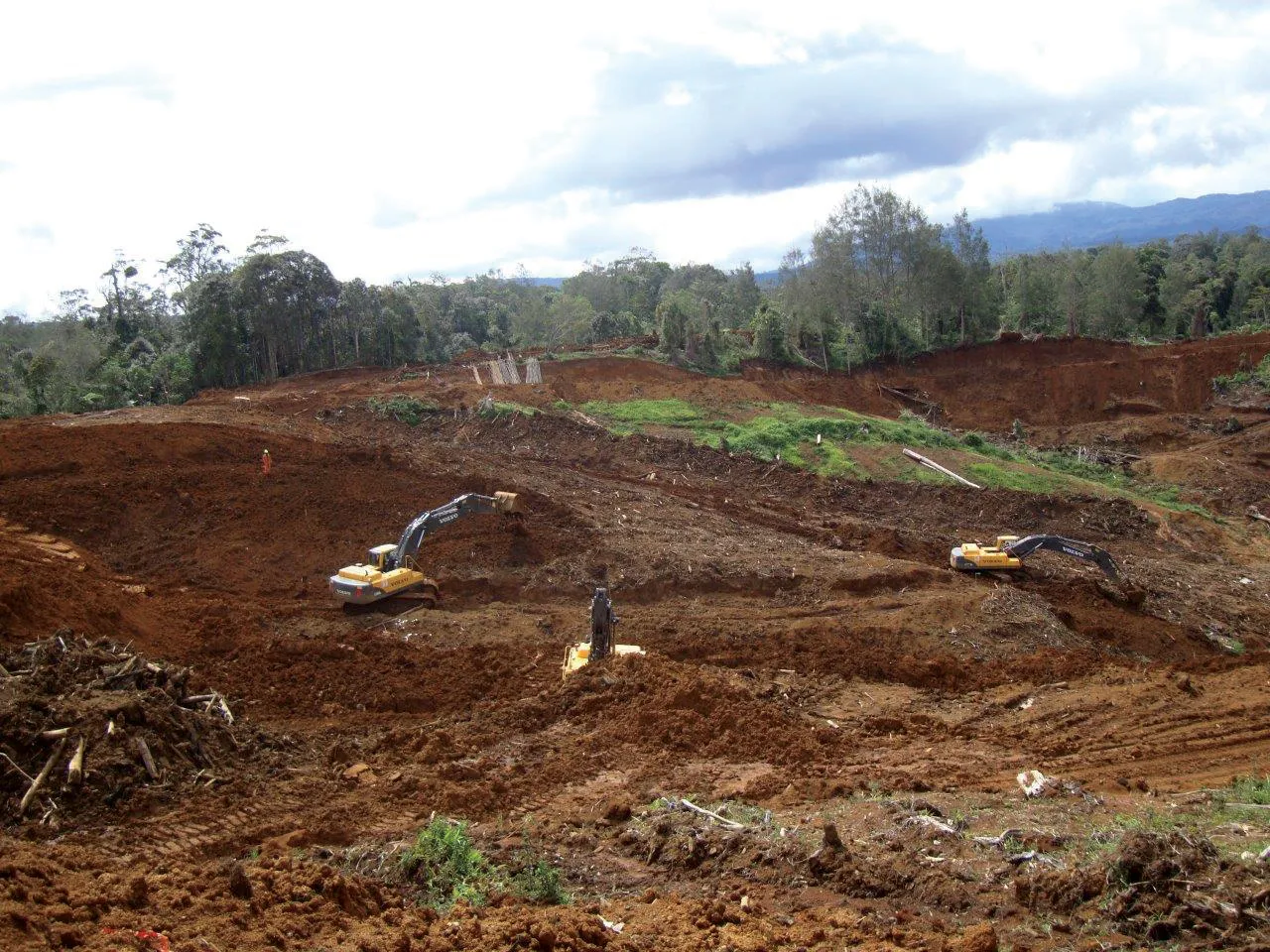German contractor Gebrüder Bantle is working on a large ring road project in Bösingen, excavating and building 6km of highway and nine bridges. The region’s main road, the B462, provides an important link between the A5 Rheintalautobahn and A81 Stuttgart highways. The B462 carries some 12,000 vehicles/day and suffers congestion at peak periods, so a new ring road will help reduce delays for commuters. The Dunningen project consists of a 6.4km ring road, nine bridges and several access roads. Gebrüder Bantle
August 15, 2014
Read time: 2 mins

German contractor Gebrüder Bantle is working on a large ring road project in Bösingen, excavating and building 6km of highway and nine bridges. The region’s main road, the B462, provides an important link between the A5 Rheintalautobahn and A81 Stuttgart highways.
The B462 carries some 12,000 vehicles/day and suffers congestion at peak periods, so a new ring road will help reduce delays for commuters. The Dunningen project consists of a 6.4km ring road, nine bridges and several access roads.
Gebrüder Bantle is managing the foundation work as well as the road construction.
The company specialises in road and civil construction and produces gravel from its two quarries and raw gypsum for cement production, as well as being a partner for an asphalt mixing plant. The contractor has an extensive fleet of359 Volvo CE machines, including three L30G-Series, two L35G-Series, one L180E-Series and one L250G-Series wheel loaders, two EW160D-Series wheeled excavators, an EC290C-Series crawler excavator, one A40E-Series articulated hauler and a new G946B-Series motor grader.
To build up the road’s base layer, the Volvo G946B-Series motor grader first levelled the 11.5m wide of earth, then layered frost protection gravel over the top to a depth of 450mm using material from the firm’s own quarry.
Later the paver crew laid the asphalt base on the top along with the binder and surface layer, again using material from the company’s own production facilities. The new Volvo G946 motor grader is equipped with a grader control unit that has helped keep the project on track.
The B462 carries some 12,000 vehicles/day and suffers congestion at peak periods, so a new ring road will help reduce delays for commuters. The Dunningen project consists of a 6.4km ring road, nine bridges and several access roads.
Gebrüder Bantle is managing the foundation work as well as the road construction.
The company specialises in road and civil construction and produces gravel from its two quarries and raw gypsum for cement production, as well as being a partner for an asphalt mixing plant. The contractor has an extensive fleet of
To build up the road’s base layer, the Volvo G946B-Series motor grader first levelled the 11.5m wide of earth, then layered frost protection gravel over the top to a depth of 450mm using material from the firm’s own quarry.
Later the paver crew laid the asphalt base on the top along with the binder and surface layer, again using material from the company’s own production facilities. The new Volvo G946 motor grader is equipped with a grader control unit that has helped keep the project on track.









